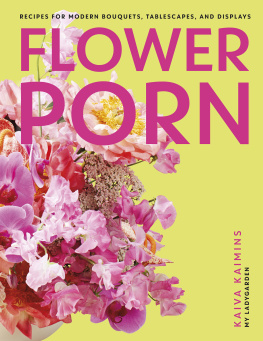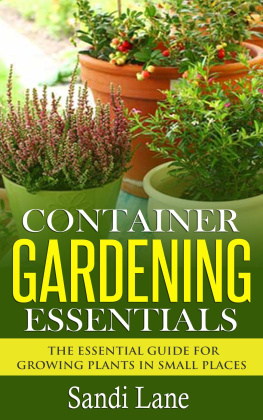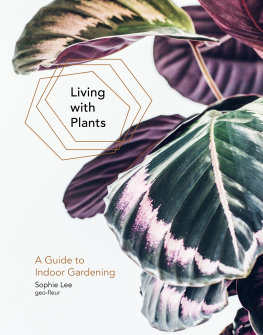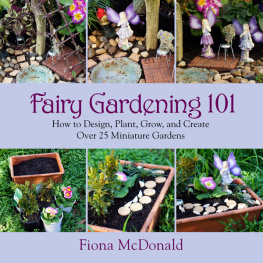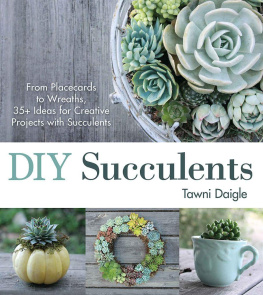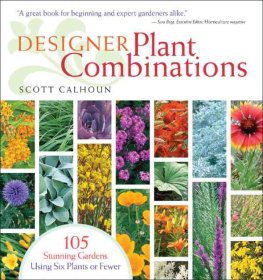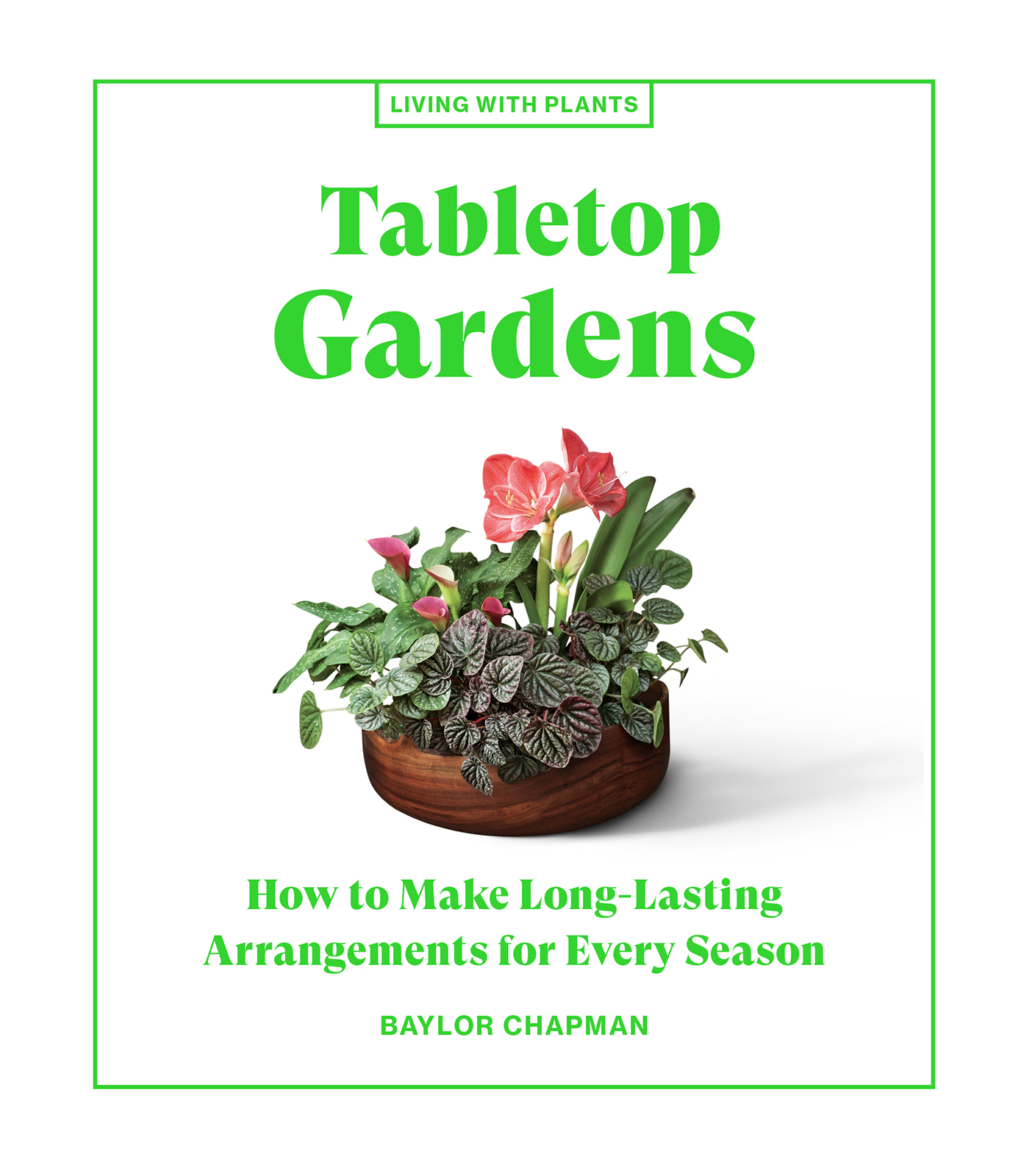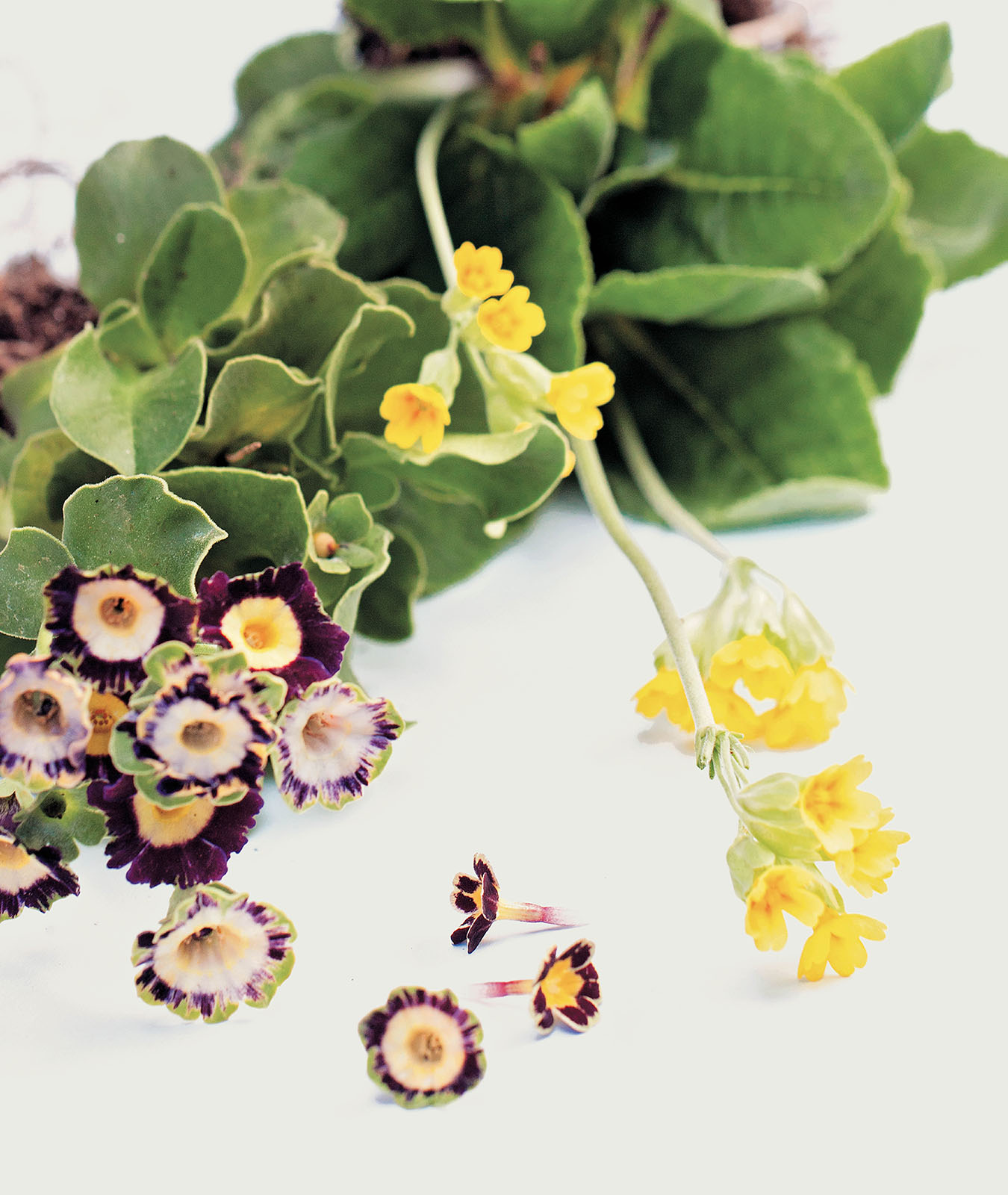
Tabletop Gardens
How to Make Long-Lasting Arrangements for Every Season
Baylor Chapman
Photographs by Paige Green

Artisan Books | New York
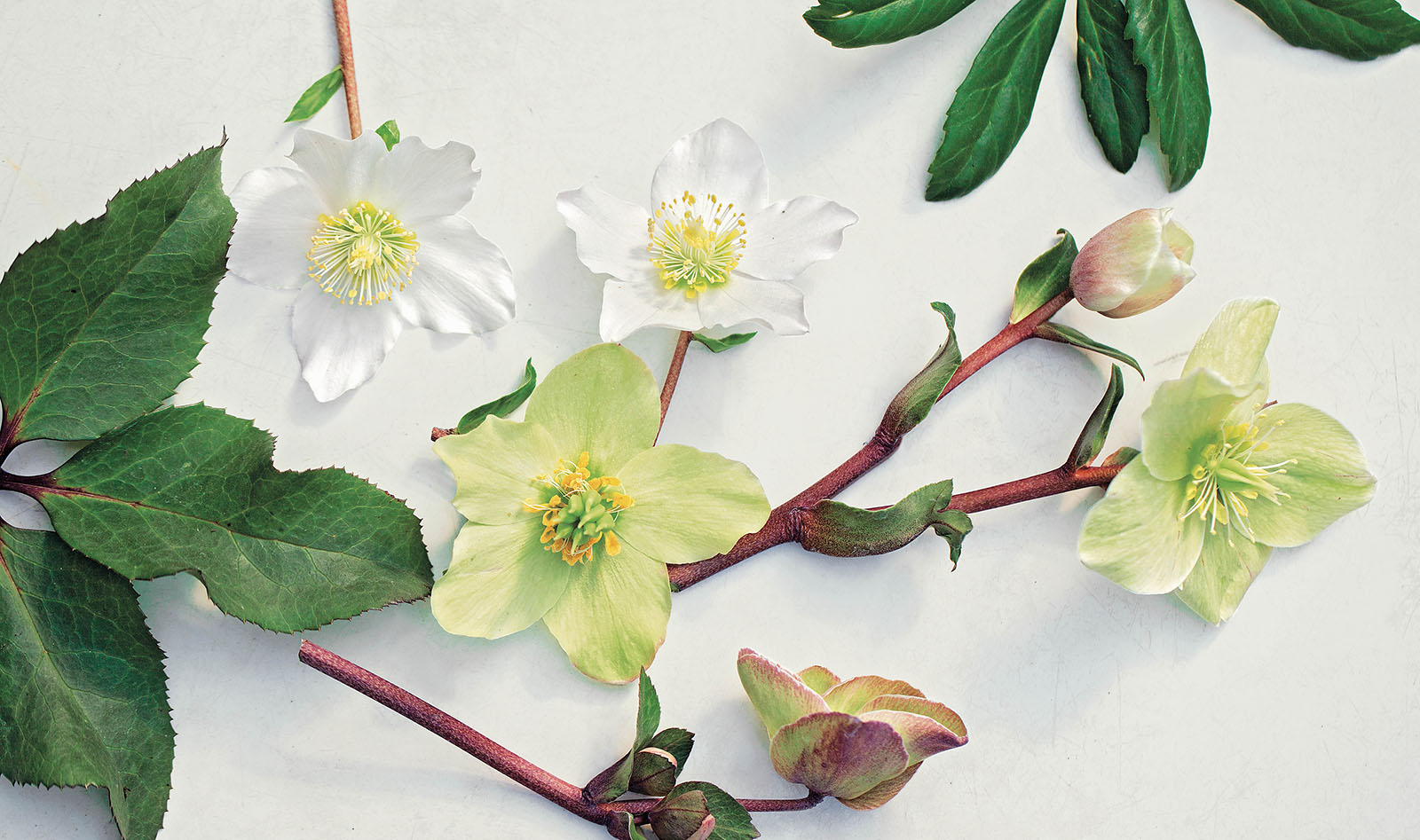
To Lila, for imparting her love of natural beauty
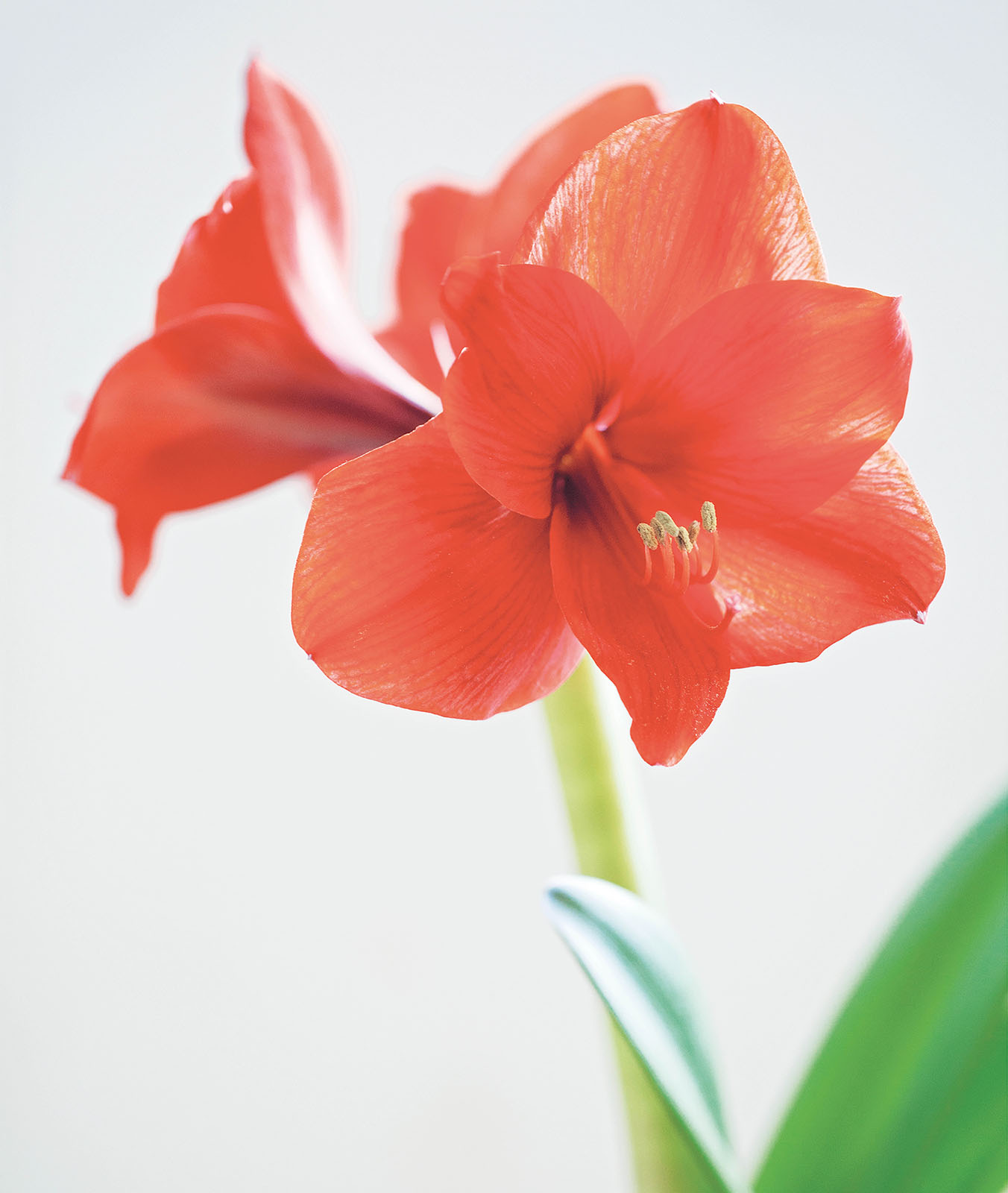
Introduction
Blooming centerpieces are my go-to design element for all occasions. Their on-the-spot impact is unbeatableadd them to any room and suddenly it feels polished. Its the thoughtful combination of a plant (or plants) and their vessels that can make them go from just flowers to statement piecesperfect for a welcoming entryways focal point or a dining room centerpiece for a celebratory occasion. Floral arrangements, when done right, evoke a feeling of luxury, while being both accessible and requiring minimal effort. The intricacy and scent of these beauties may feel lavish (and they are often used to decorate for special occasions), but they also connect us to nature in a way that is downright essential.
And with the projects in this book, you can bring the garden indoors in a carefully designed, meaningful, and long-lasting way. While cut-flower arrangements fade with time, these planted centerpieces use living, growing plants to create the same impact, for longer. The projects youll see in the following pages will range from incredibly simple and classic to more complicated and ornate. Some designs will last the life of the plants in them (years, in some cases) while others are more temporarybut even those can be disassembled and repotted or planted in a garden.
Most of the plants used in this book are easy to find (African violets, for example), while a few more unique species (coppertone sansevieria) are added in for variety. Some are seasonal, like amaryllis and hyacinth, while a fern or peperomia is easy to find almost anywhere year-round. Sprinkled throughout are a few spotlights on fan favorites, like the begonia; there youll find the nitty gritty on care and a few fun facts, along with a handful of projects that feature the plant. Youll also see that each plant ingredient listed in the book includes identifying information like the genus (functions like a last name), their more common names (kind of like nicknames), and botanical (scientific) names (similar to first, middle, and last name) to help you find the specific plant pictured.
Dont worry too much, though, if you cant find the exact plantusing something of similar size and shape will create a slightly different but just as lovely arrangement. And once youre comfortable with the theories and design tools presented in this book, youll be able to customize and create arrangements to suit your every whim. Whether your style is pop art bright or romantic and sweet, the hope is that youll find the information, inspiration, and delight within these pages to create beautiful living centerpieces.

Getting Started
The Tabletop Garden Toolbox
These are the tools that were used to make the container gardens in this book.
Coated Wire: To tie soft stems together or to a stake.
Dropper/Squeeze Bottle: For watering tiny pots.
Glue Dots: These help hold cellophane in place.
Mister: To water leaves gently.
Paintbrushes/Shaving Brushes: Good for dusting plants.
Plastic Liner: To protect surfaces from getting wet.
Pruning Shears OR SCISSORS: Used to trim bigger-stemmed plants.
Screen: Covers drainage holes to stop roots from plugging up the hole and preventing drainage.
Skewers: To hold up a floppy head of an orchid, or to create a stem for a succulent cutting.
Small Angled Snips: Angled to prune tiny plants in tiny places.
Small Snips: Used for pruning delicate plants.
SPOON or Trowel: Used to transfer soil or gravel from the bag to the pot.
Turkey Baster: Allows you to water in tight spaces.
Tweezers: Great for reaching into tiny spaces to arrange small plants, sticks, and stones.
Watering Can: Designed precisely for watering; easy to fill and easy to pour.
Waterproof Florist Tape: Used to seal cellophane or foil to double-protect pots and make them watertight.
Wire or Twine: Used to tie branches together or to tie a stem to a stake.
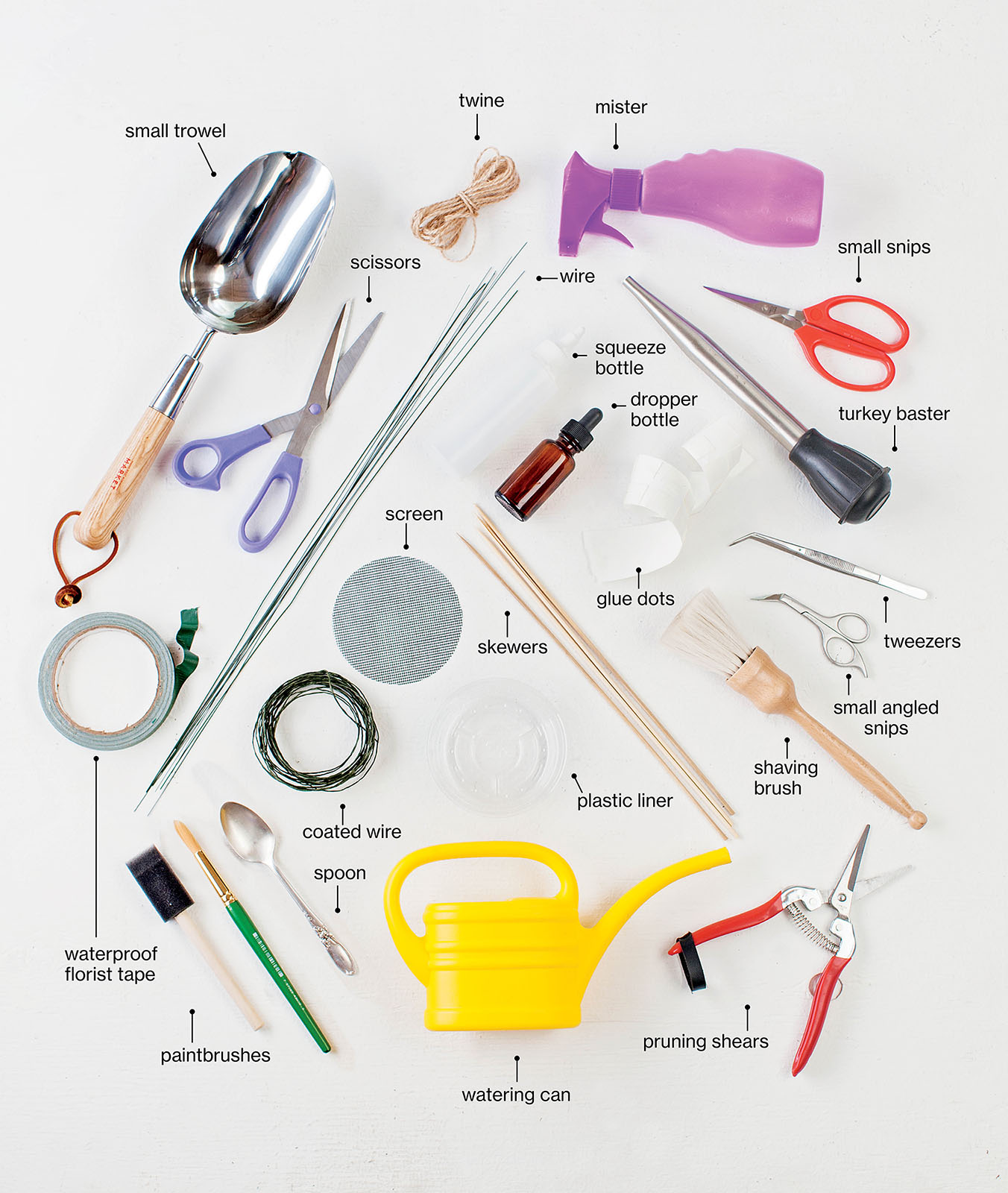
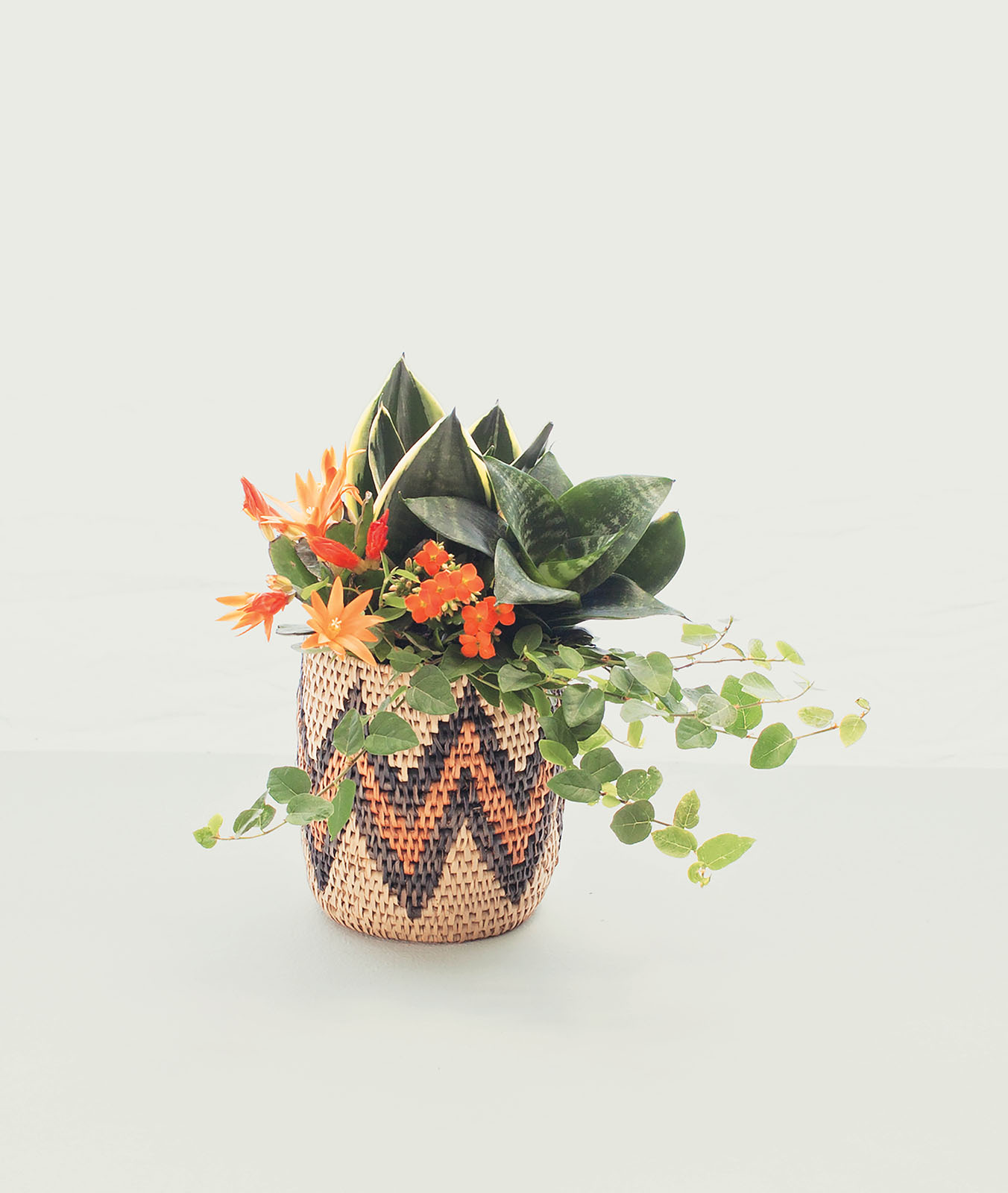
A basket is a fun alternative to a traditional vase. Just make sure you protect furniture from water leaks with an impermeable liner or dish. Recreate this look .
Choosing Your Container
Dont be constrained by the notion that plants belong in traditional pots. Look around the housealmost any vessel (and youll see that that term is used lightly here!) can hold a plant. Bowls, cookware, even cups can accommodate container gardens. Pieces of pipe, picture frames, and branches can all be fashioned so that they house gardens, too.
First, consider the growing conditions. The garden will do best and be easiest to care for when the container and the plant(s) in it match up to some extent. Does the plant like humidity? If so, using a glass jar as an ad hoc enclosed terrarium is a good bet. Does the plant like conditions that are dry? A widemouthed low bowl will do the trick. If the plant craves a pool of water to sit in, make sure the vase is watertight. Consider, too, the plants growth habit. A twisting, swirling vine loves a trellis to climbso give it a leg up with a handle to wrap itself around before it trails off in another direction.
Second, consider size. Will the plant(s) fit in the container? Think, too, about the needs of the soil and roots along with those of the plant itself. Like people, most plants can squeeze into something a bit small for a while, but they wont put up with it for very long. Thats why there are guidelines for sizes throughout the book.


